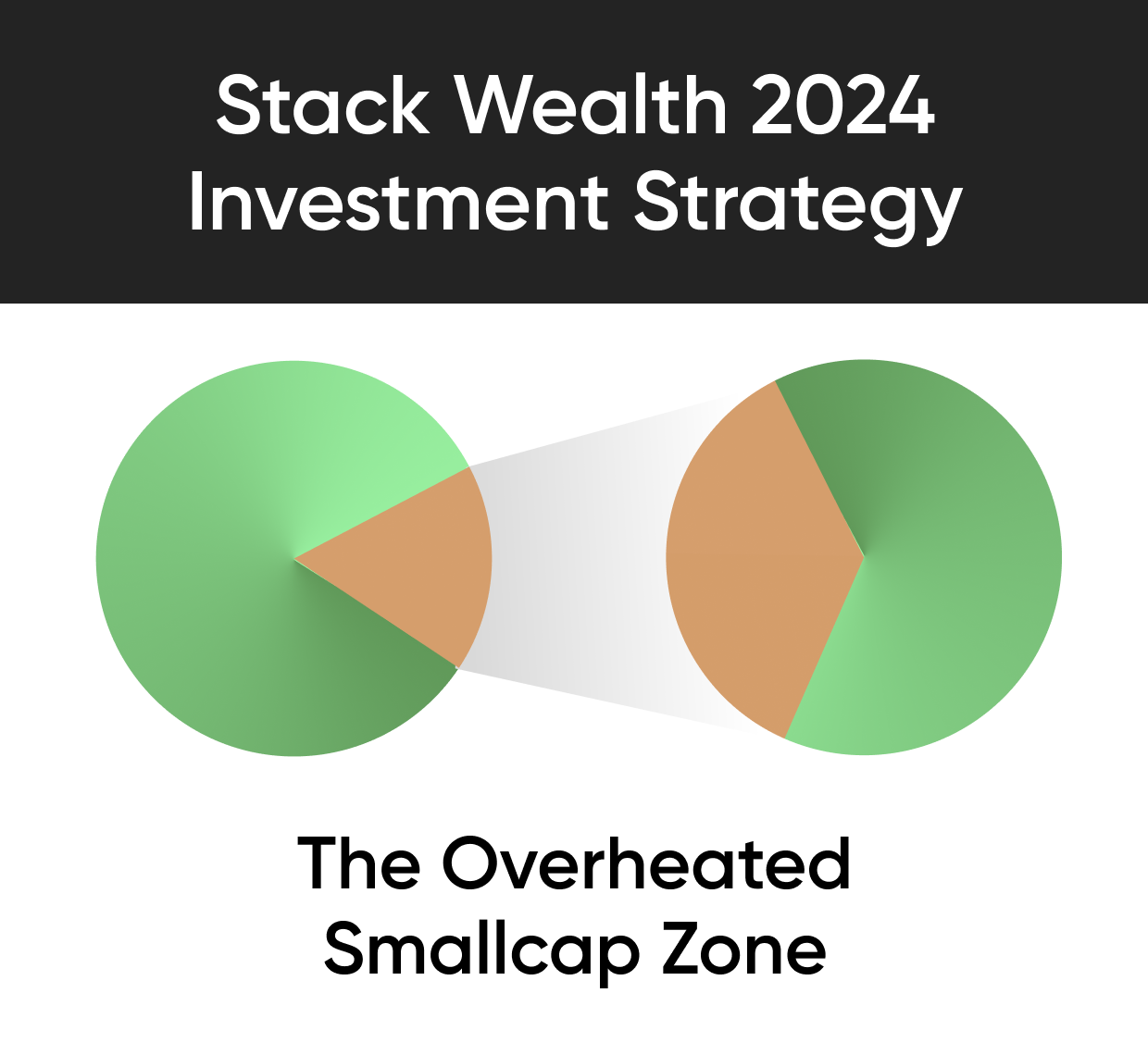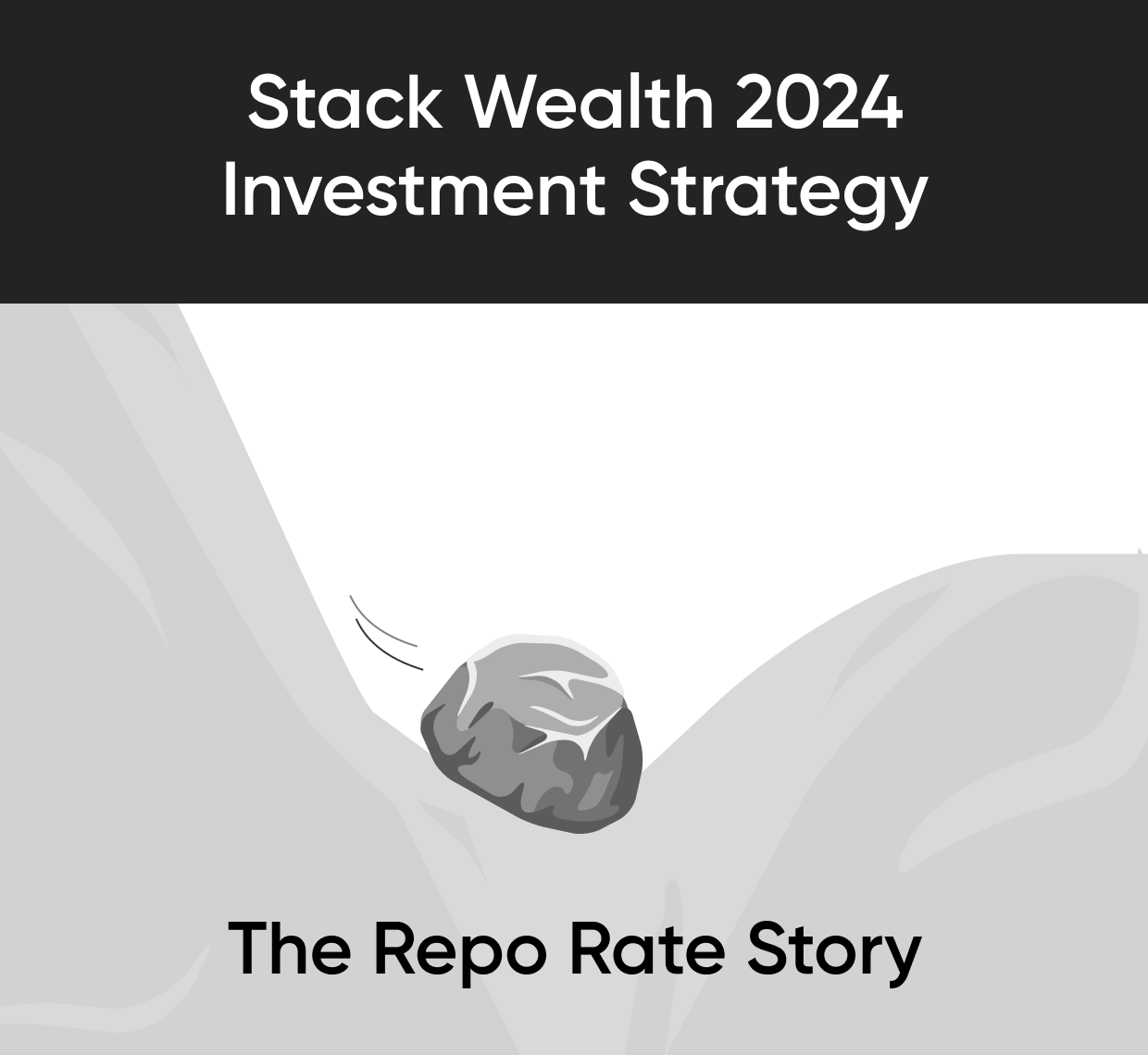Introduction
Target Maturity Funds (TMFs) have become an appealing option for investors looking for a structured and goal-oriented strategy in today's fast-paced financial market, where adaptability is crucial. This blog provides an overview of TMFs, including their definition, growing popularity, and prominent instances that highlight their range of attributes.
Target maturity funds, or TMFs, are debt funds with a predetermined end point. TMFs invest in a portfolio of bonds that mature on or around this particular date, in contrast to standard debt funds. As an investor, this means more predictability for you. You can see your possible returns more clearly if you retain the fund until maturity, which provides stability and security.
TMFs have become increasingly popular in recent years; in 2021 alone, about ten or twelve new debt plans were introduced. The CPSE Bond Plus SDL Sep 2026 50:50 Index Fund from SBI MF and the CPSE TMFs from Axis MF are two examples of recently introduced TMFs. The bonds from an underlying index, which frequently includes public sector undertakings (PSUs), state development loans (SDLs), G-secs, and other instruments, are invested in by these open-ended debt schemes.
Due to their investments in AAA-rated bonds and other securities, including government securities, TMFs are attracting investors as an alternative to traditional bank fixed deposits. Upon maturity, investors receive their principle and interest returned from TMFs, providing a structured investment technique. These funds mimic an underlying index, such as the Nifty PSU Bond index or the Nifty SDL index, and are passively managed.
Structure of TMFs
Target Maturity Funds (TMFs) exhibit a distinct structure that sets them apart within the mutual fund industry.
- Types of Structures: Index funds and exchange-traded funds (ETFs) are the two primary structures that make up TMFs. These funds are passive debt funds that give investors an efficient approach to minimize interest rate risk by investing in bonds from an underlying index that they track.
- Investment Focus and Portfolio Composition: Public sector undertakings (PSUs), state development loans (SDLs), G-secs, and other bonds are the main investments that TMFs make from underlying indexes. TMFs' portfolio composition is made up of bonds that are part of the underlying bond index and have maturities that are relatively near to the fund's maturity date. These funds keep bonds until they mature, investing all interest received back into the fund during that time.
- Maturity Periods and Yield Management: TMFs have predetermined maturity dates that correspond to the bonds they own. The goal of TMFs' structure is to gradually reduce residual maturity so that the underlying bonds' maturity declines over time. This approach maximizes investors' yield, or return on investment, while reducing interest rate risk. TMFs also provide regular principle and interest (coupons) upon maturity, with coupons being reinvested in the fund to take advantage of compound interest.
Target Maturity Funds (TMFs) vs. Fixed Maturity Plans (FMPs)
- Risk Comparison: Because TMFs invest in G-Secs, SDLs, and AAA-rated bonds, they typically have lower default risk. On the other hand, FMPs may expose investors to credit risk if they hold low-rated securities in order to maximize returns.
- Interest Rate Risk: If investors hold their investments through to maturity, TMFs present very little interest rate risk. However, as FMPs are not protected against mark-to-market effects like TMFs are, they could be influenced by changes in interest rates.
- Tax Efficiency: The taxation of TMFs and FMPs is comparable to that of debt mutual funds. While long-term capital gains benefit from tax advantages following indexation, short-term capital gains are subject to income tax slab rates.
- Investor Suitability: Compared to standard bank fixed deposits, TMFs offer better returns, making them the perfect choice for risk-averse investors. Through indexation, holding TMFs for more than three years may result in tax benefits. Investors seeking tax-efficient strategies to lock in profitable bond yields find FMPs appealing.
Benefits of TMFs
- Tax Efficiency: TMFs give investors the possibility of higher post-tax returns because they are more tax-efficient than other bond funds. Investors who hold TMFs for more than three years can take advantage of a 20% tax rate after indexation, which is especially beneficial for higher tax bracket individuals.
- Predictable Returns and Reduced Interest Rate Risk: Compared to conventional open-ended debt funds, TMFs offer more consistent, predictable returns with reduced interest rate risk. Investors can ensure a more steady investing experience by delaying the impact of rising interest rates on the fund's net asset values (NAVs) by keeping TMFs until maturity.
- Advantages Compared to Fixed Maturity Plans (FMPs): Unlike most FMPs, TMFs have tenure possibilities longer than three years. To top it off, TMFs are open-ended, meaning investors can buy or sell units to the fund house at any point until the fund matures. FMPs, which are closed-end funds with few alternatives for entry and exit, are not as flexible as this.
- Structured Investment Strategy: TMFs employ a structured investment strategy in which they purchase bonds whose maturity dates are precisely in line with the fund's maturity period. This methodical technique offers investors a clear investment schedule and aim, assisting them in properly managing interest rate risk.
- Automatic Asset Allocation: Target maturity funds (TMFs) automatically modify their investment mix in accordance with the target maturity date, relieving the burden of ongoing monitoring and asset allocation choices. By removing the complexity of market timing and rebalancing from the investors, this laissez-faire approach enables them to maintain focus on their long-term goals without requiring constant involvement.
Drawbacks of TMFs
- Absence of Historical Track Record: The fact that TMFs lack a performance history or historical track record is a major disadvantage. Investors may find it difficult to evaluate the track record and dependability of these funds due to the lack of previous performance data, which could add ambiguity to their decision-making process.
- Interest Rate Risk on Early Exit: Investors who exit TMFs before to maturity run the risk of incurring interest rate charges. The prices of existing bonds may decrease if an investor leaves before the bond's maturity date and interest rates rise in the economy. In contrast, a situation with declining interest rates could see an increase in the price of already-issued bonds, which would present a wasted opportunity for investors who decide to sell early.
- Limited Opportunity for Fund Managers: TMFs employ a passive investment approach by tracking an underlying index, which restricts the opportunity for fund managers to take advantage of high NAVs or modify the portfolio in response to changes in interest rates. The capacity to optimize returns based on market conditions or particular investment strategies may be limited by this passive strategy.
- Potential Credit Risk and Tracking Error: TMFs are susceptible to tracking errors, which can affect performance in comparison to the benchmark due to discrepancies between the fund's actual returns and the benchmark's returns. Furthermore, even though TMFs seek to invest in high-quality securities, a certain amount of credit risk remains because defaults on underlying bonds may have an impact on fund performance.
Evaluating Target Maturity Funds (TMFs) as an Investment Opportunity
Geopolitical tensions and shifting interest rates characterize the current economic climate, which emphasizes how crucial it is to comprehend the possible effects on bond prices within TMFs. TMFs can use a variety of techniques to reduce interest rate risk, including investing in a combination of short- and long-term bonds and diversifying across different industries and credit quality. Rising interest rates are generally associated with lower bond values. Investors ought to exercise caution and evaluate the potential impact of economic indicators on the bond prices of TMFs.
The fundamental component of TMFs is diversification, which provides investors with exposure to a variety of asset types, such as equities, bonds, and cash equivalents. TMFs offer an organized method of diversification in the face of market turbulence, assisting investors in distributing risk and seizing new opportunities. TMFs, for example, can investigate niche industries or new markets to improve portfolio diversification and possibly increase returns. TMFs can successfully manage risk and respond to evolving market conditions by utilizing diversification methods to seize growth opportunities.
Those who are conservative and want capital preservation and predictable returns should consider TMFs. TMFs provide investors with a structured strategy to reaching their investing objectives with less volatility because of their emphasis on progressively moving towards more conservative assets as the target date draws near. TMFs offer a comforting investment alternative that fits with the risk tolerance and financial goals of conservative investors who prioritize capital preservation and consistent returns. To make sure that TMFs fit their unique risk tolerance and investing preferences, investors should carefully consider the funds' investment goals, target dates, and asset allocations.
In the present economic environment, TMFs provide investors a strong chance to invest because they provide solutions for risk management, diversification, and suitability for conservative investors looking for predictable returns. People can use TMFs to help them achieve their long-term financial objectives by considering TMFs in the context of investor preferences, diversification plans, and economic situations. By doing this, individuals can make well-informed decisions.
Conclusion
To sum up, Target Maturity Funds (TMFs) offer investors a structured way to manage their debt assets, making them a strong investment choice in the mutual fund industry. TMFs' distinctive features—such as their predetermined maturity dates, concentration on particular bond indexes, and tax effectiveness in comparison to conventional bond funds—are responsible for their recent rise in popularity.
Making wise investment selections requires an awareness of the features, advantages, and disadvantages of TMFs as investors traverse the complexity of the financial markets. Although TMFs offer benefits like reduced interest rate risk, tax efficiency, and predictable returns, they also have drawbacks like limited opportunities for active management and possible interest rate risks on early departures.
TMFs are a particularly useful strategic tool for creating a goal-oriented and well-balanced investment portfolio in a dynamic market environment where investor preferences are ever-changing and economic conditions are subject to change. Through knowledgeable investment practices, comprehensive research, and careful consideration of individual risk profiles and objectives, investors can effectively utilize the advantages of TMFs to augment their overall financial well-being.











